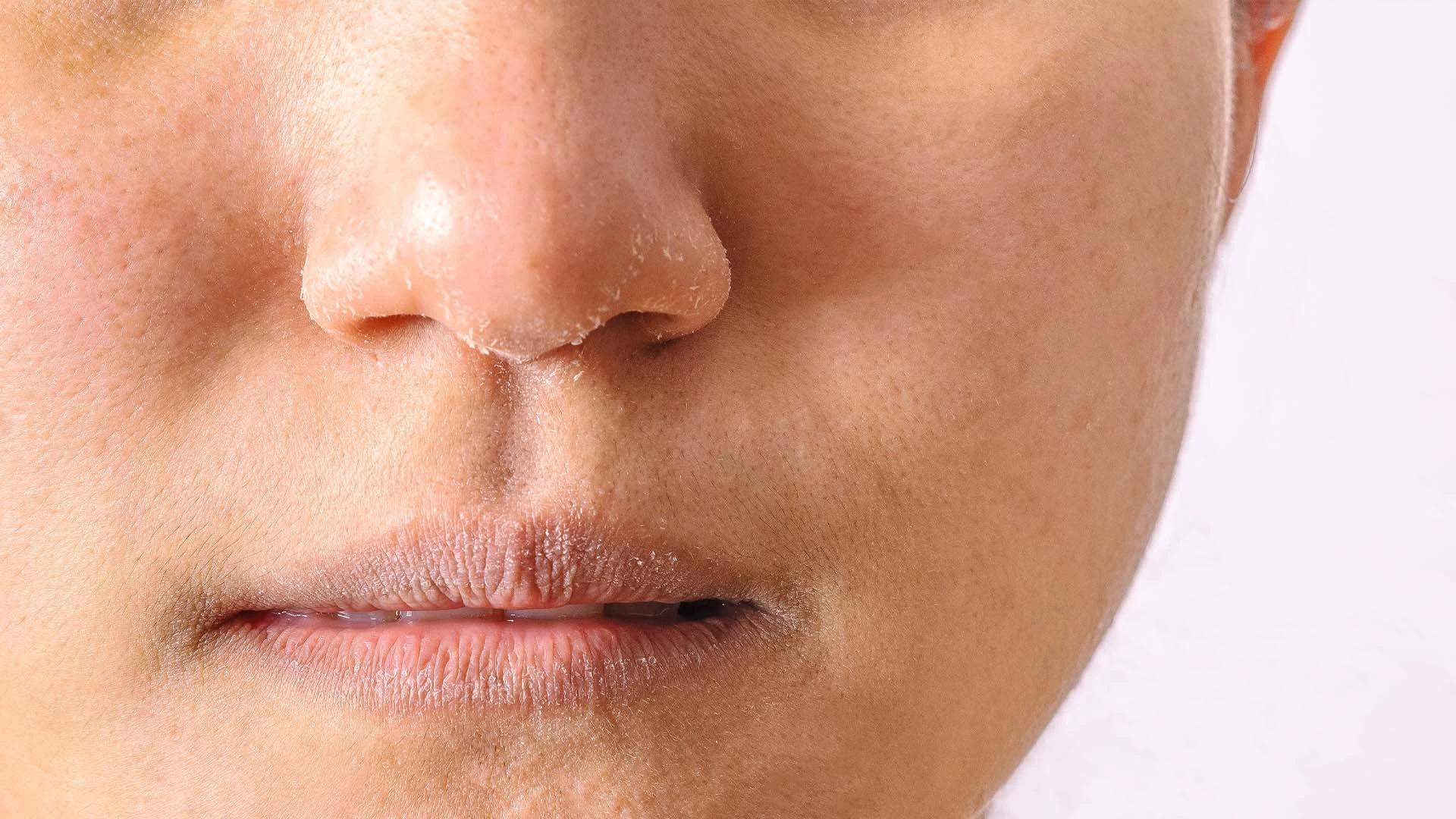Let's be real—finding the best moisturiser can feel like searching for a needle in a haystack. Your bathroom cabinet might already be filled with half-empty tubes that promised glowing skin but delivered nothing but disappointment. Here's the thing: the right face hydrator isn't just about slapping on any cream and hoping for the best. It's about understanding what your skin actually needs and ticking all the right boxes. This ultimate checklist will help you navigate the world of hydrating face creams like a total pro, ensuring your next skincare purchase becomes your absolute fave.
Understanding Your Skin Type and Needs
Before diving into ingredient lists and product reviews, you need to know your skin's personality. Think of it as getting to know a new friend—understanding what makes them tick is key to a great relationship. Your skin type determines everything from texture preferences to which nourishing skincare ingredients will work best for you.
Identifying Your Skin Type
Dry skin feels tight, especially after cleansing, and might show flaky patches or fine lines. Your skin craves rich, deeply hydrating formulas that provide long-lasting moisture. Oily skin tends to look shiny by midday and might be prone to breakouts, needing lightweight, oil-free options that won't clog pores. Combination skin is the tricky one—oily in your T-zone but normal or dry elsewhere, requiring a balanced approach to skin hydration. Sensitive skin reacts easily to new products with redness, stinging, or irritation, so gentle, fragrance-free formulas are your best friends.
Specific Skin Concerns
Aging skin benefits from anti-aging moisturisers packed with peptides and antioxidants that help maintain firmness and elasticity. Acne-prone skin needs non-comedogenic formulas that moisturise without triggering breakouts—yes, even oily skin needs hydration. Dull or uneven skin tone responds well to moisturisers containing vitamin C or niacinamide that brighten whilst they hydrate.
Essential Ingredients for Effective Moisturisers
Ingredients are where the magic happens in any facial lotion. Knowing which ones actually deliver results versus which ones are just marketing fluff can save you time, money, and skin frustration. The best moisturiser for your needs will contain a thoughtful blend of hydrating, nourishing, and protective ingredients.
Hydrating Heroes
Hyaluronic acid is the ultimate moisture magnet, holding up to 1,000 times its weight in water—perfect for plumping and hydrating skin. Glycerin draws moisture from the environment into your skin, making it a reliable hydrating powerhouse. Ceramides are like your skin's natural glue, helping maintain the skin barrier and preventing moisture loss throughout the day.
Nourishing Agents
Squalane mimics your skin's natural oils without feeling greasy, making it perfect for all skin types. Fatty acids strengthen your skin barrier whilst providing deep nourishment—think of them as comfort food for your face. Plant oils like jojoba or rosehip deliver vitamins and essential fatty acids that keep skin soft and supple.


 200ml
200ml Combo
Combo 30 ml
30 ml 200 gm+200 gm
200 gm+200 gm